Grassland Biome Worksheet
The Grassland Biome worksheet is a comprehensive resource designed to help students understand the key characteristics of this unique ecosystem. With its clear and concise format, this worksheet provides essential information, challenging questions, and thought-provoking activities to engage students in learning about the grassland biome. Whether you are an educator seeking a valuable teaching tool or a curious learner looking to deepen your understanding of the subject, this worksheet is the perfect resource for you.
Table of Images 👆
More Other Worksheets
Kindergarten Worksheet My RoomSpanish Verb Worksheets
Healthy Eating Plate Printable Worksheet
Cooking Vocabulary Worksheet
My Shadow Worksheet
Large Printable Blank Pyramid Worksheet
Relationship Circles Worksheet
DNA Code Worksheet
Meiosis Worksheet Answer Key
Rosa Parks Worksheet Grade 1
What is a grassland biome?
A grassland biome is a large, open ecosystem characterized by vast stretches of grasses, herbs, and non-woody plants. Grasslands typically receive enough rainfall to support plant growth but not enough to sustain a dense forest. They are found on every continent except Antarctica and can vary in size and climate, from tropical savannas to temperate prairies. Grasslands are important habitats for a wide variety of animals, including grazing mammals and birds, and play a crucial role in maintaining biodiversity and regulating nutrient cycles.
Where are grassland biomes typically found?
Grassland biomes are typically found in regions where there is not enough rainfall to support forests, but also not so dry as to form deserts. They are commonly found in North America, South America, Africa, Australia, and Eurasia, with specific examples including the Great Plains of North America, the Serengeti in Africa, and the Pampas of South America.
What is the average temperature range in grassland biomes?
The average temperature range in grassland biomes typically varies between 20°C to 30°C (68°F to 86°F) but can fluctuate between -20°C to 40°C (-4°F to 104°F) depending on the specific region and season.
Describe the precipitation patterns in grassland biomes.
Grassland biomes typically experience moderate precipitation levels, with distinct wet and dry seasons. This results in a semi-arid climate where the majority of precipitation occurs in the spring and summer months, supporting the growth of grasses and other vegetation. However, there can be variations in precipitation patterns depending on the specific grassland biome, such as temperate grasslands receiving more consistent rainfall compared to tropical grasslands which may have more pronounced dry seasons. Overall, the precipitation patterns in grassland biomes play a crucial role in shaping the unique plant communities and ecosystems found in these regions.
How does the soil in grassland biomes differ from other biomes?
Soil in grassland biomes tends to be deep and fertile with rich organic matter content, making it highly productive for supporting grasses and other vegetation. Compared to other biomes like forests or deserts, grassland soils are typically well-drained due to the open nature of the landscape, which allows for good aeration and root development. Additionally, grassland soil is often more susceptible to erosion due to the lack of dense vegetation cover, making it important to manage and protect these vital ecosystems.
What are some common plant species found in grassland biomes?
Common plant species found in grassland biomes include grasses like buffalo grass, blue grama, and wheatgrass, as well as wildflowers such as purple coneflowers, black-eyed susans, and sunflowers. Trees are typically sparse in grasslands, but species like cottonwood, oak, and willow can be found near water sources or at the edges of grassland areas.
Describe the adaptations of animals in grassland biomes.
Animals in grassland biomes have evolved various adaptations to survive in the open landscape, such as hooves and teeth suitable for grazing on grasses, camouflage to blend in with their surroundings and remain unseen by predators, large ears to detect approaching predators, and strong limbs for sprinting over vast distances. Additionally, some animals have developed burrowing behaviors to escape the heat and seek shelter, while others exhibit migratory patterns to follow food sources and water availability across the changing seasons of the grasslands.
What are some potential environmental threats to grassland biomes?
Some potential environmental threats to grassland biomes include habitat destruction and fragmentation caused by agriculture, urban development, and mining activities, overgrazing by livestock, invasive species that outcompete native vegetation, climate change leading to droughts and wildfires, and pollution from pesticides, fertilizers, and industrial activities. These threats can disrupt the delicate balance of grassland ecosystems, leading to loss of biodiversity, soil degradation, and ultimately the destruction of these important habitats.
What are the ecological benefits of grassland biomes?
Grassland biomes offer several ecological benefits, including providing habitats for a variety of wildlife species such as grazers, predators, and birds. They also support biodiversity by hosting a diverse range of plant species. Grasslands help in carbon sequestration by storing carbon in their extensive root systems and soil, contributing to mitigating climate change. Additionally, these biomes play a crucial role in nutrient cycling and preventing soil erosion, serving as vital ecosystems that support the overall health of the planet.
How do human activities impact grassland biomes?
Human activities impact grassland biomes in various ways, including habitat destruction through agriculture, urbanization, and infrastructure development. Overgrazing by livestock can lead to soil erosion and degradation, disrupting the delicate balance of the ecosystem. Furthermore, pollution from industrial activities and use of pesticides can harm the flora and fauna living in grasslands. Climate change exacerbated by human activities also poses a threat to grasslands, altering precipitation patterns and temperatures, leading to shifts in species composition and potentially contributing to desertification in some regions.
Have something to share?
Who is Worksheeto?
At Worksheeto, we are committed to delivering an extensive and varied portfolio of superior quality worksheets, designed to address the educational demands of students, educators, and parents.

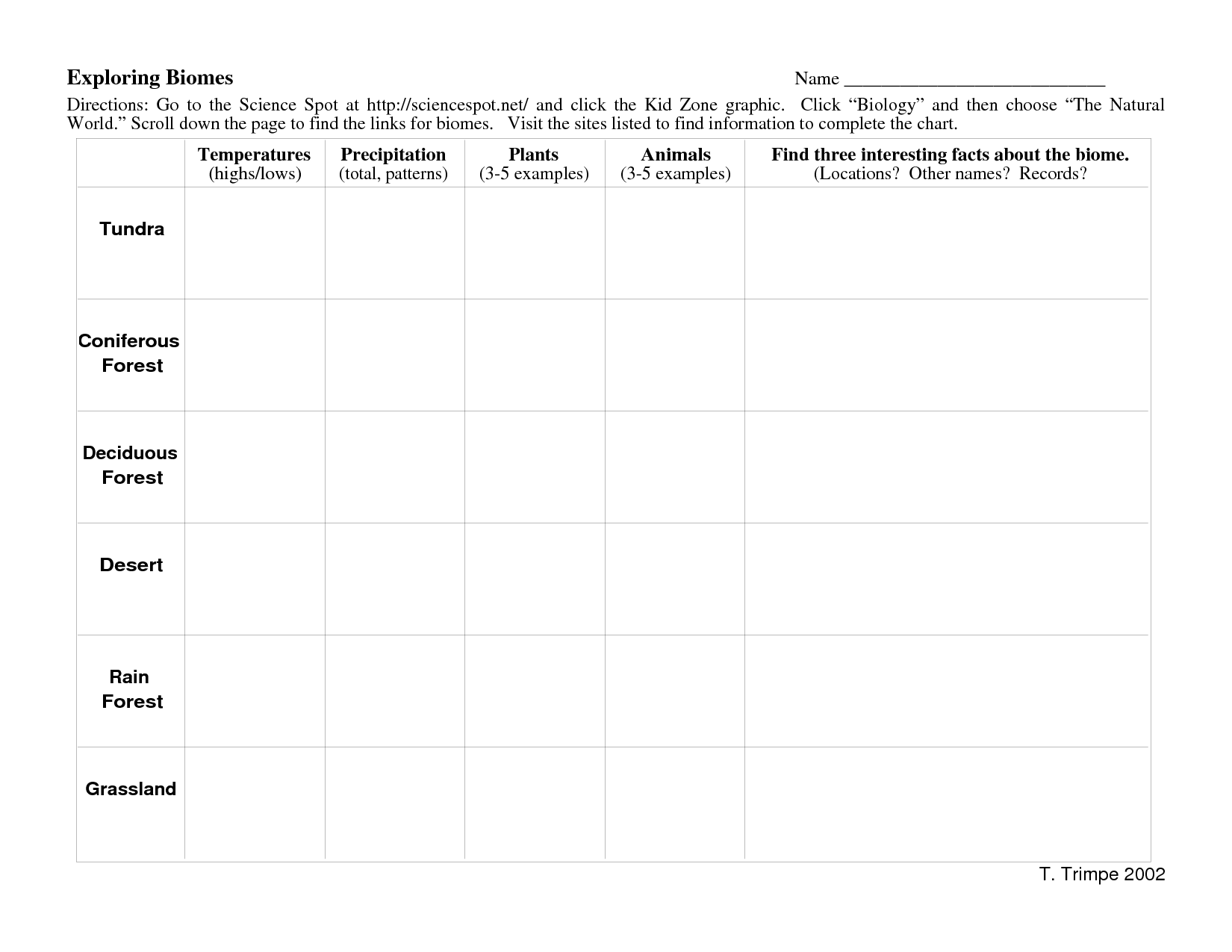



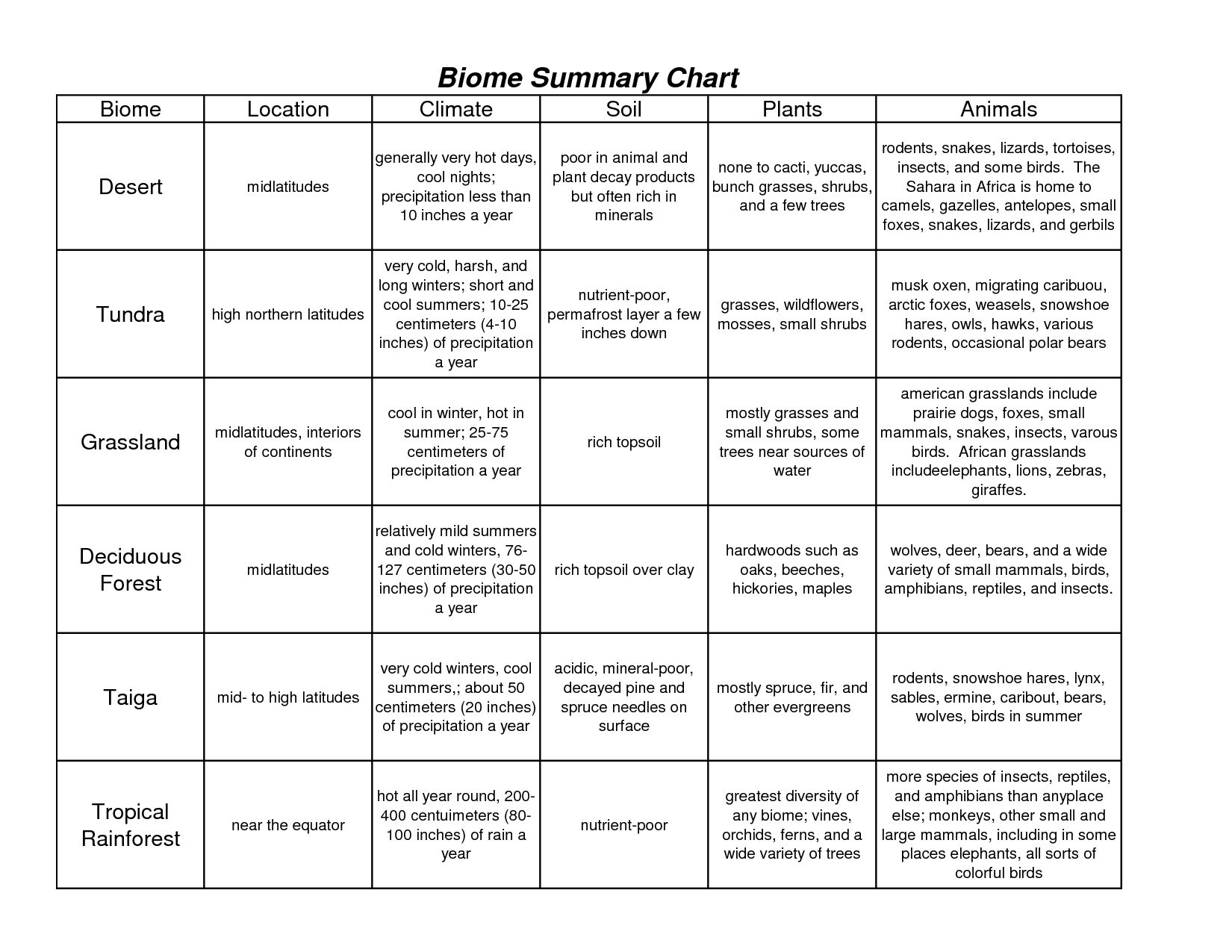
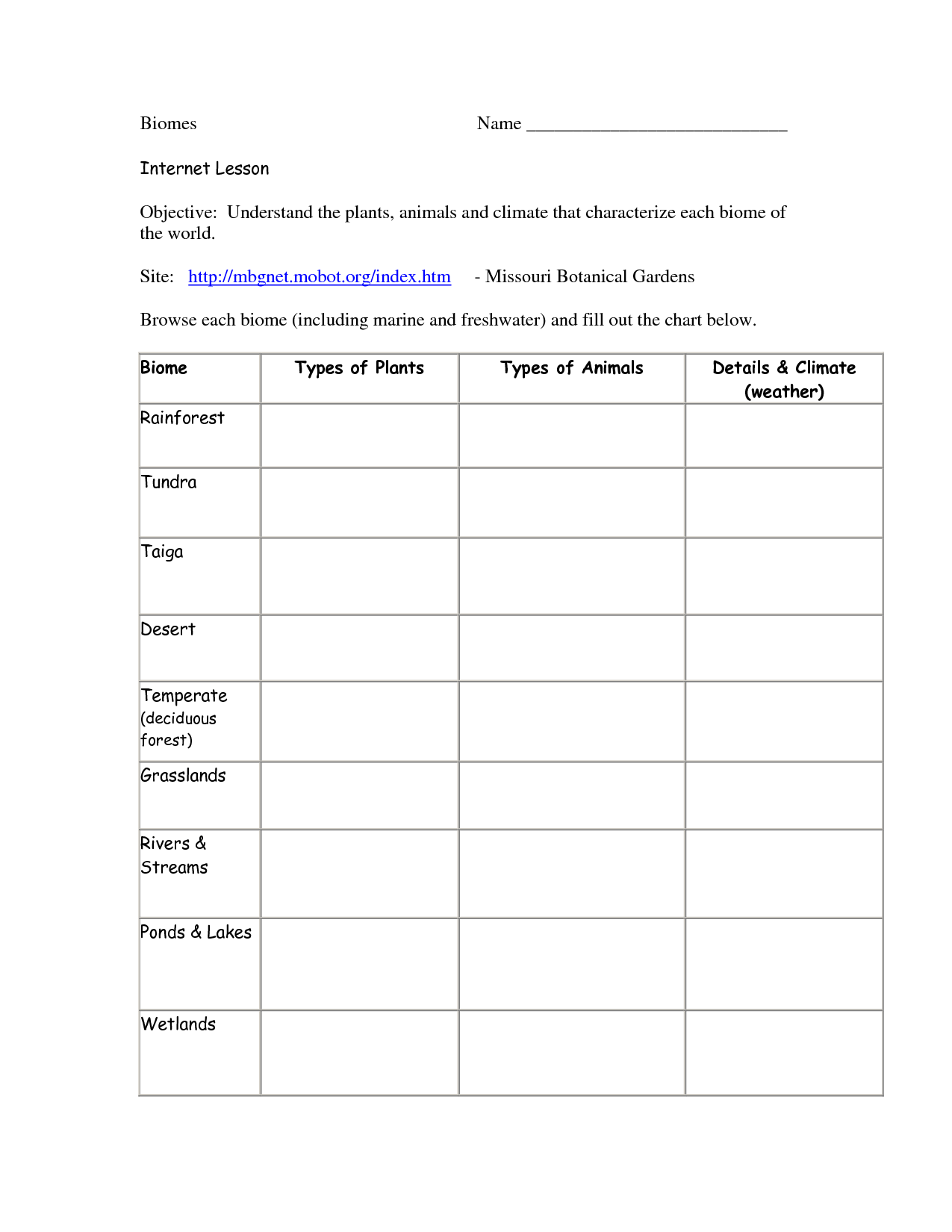
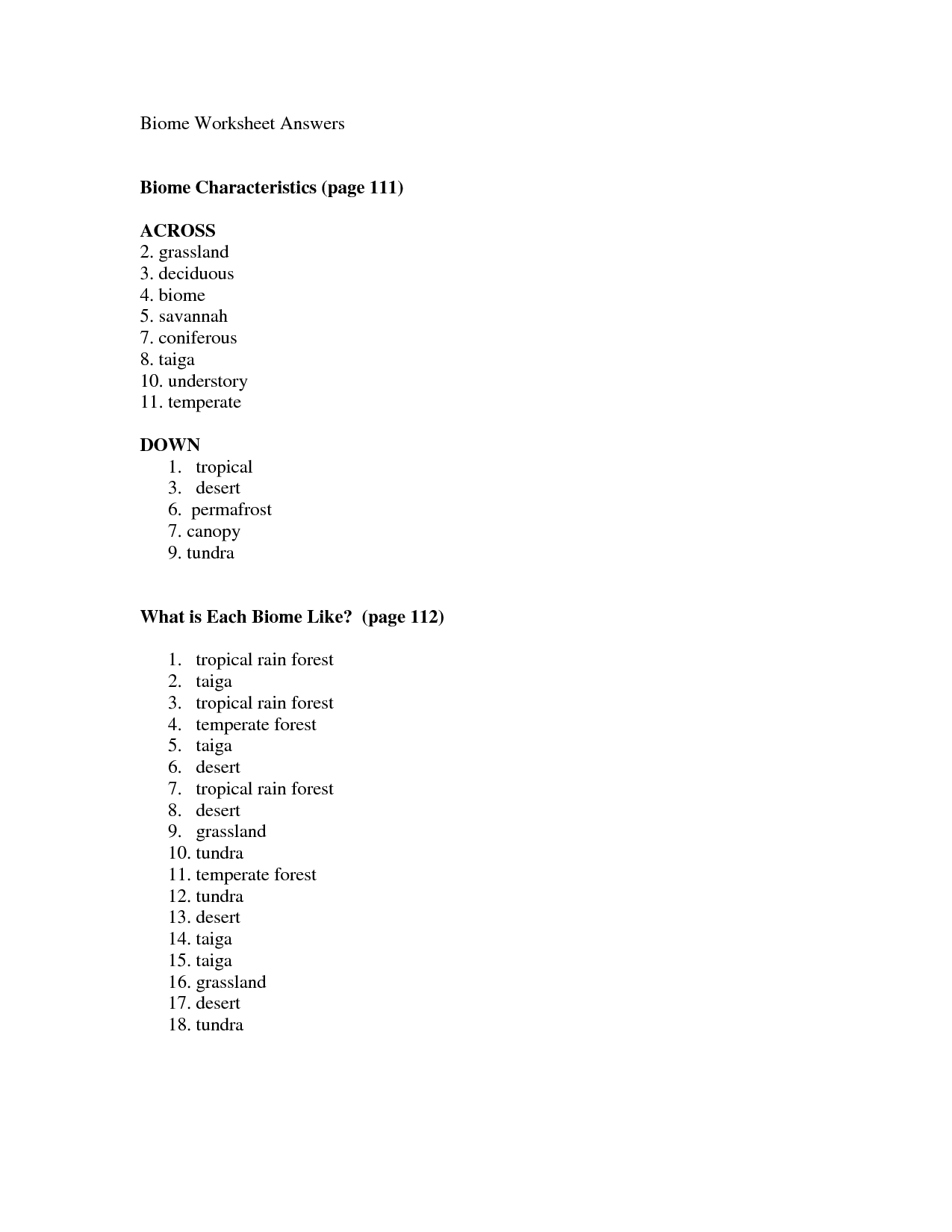
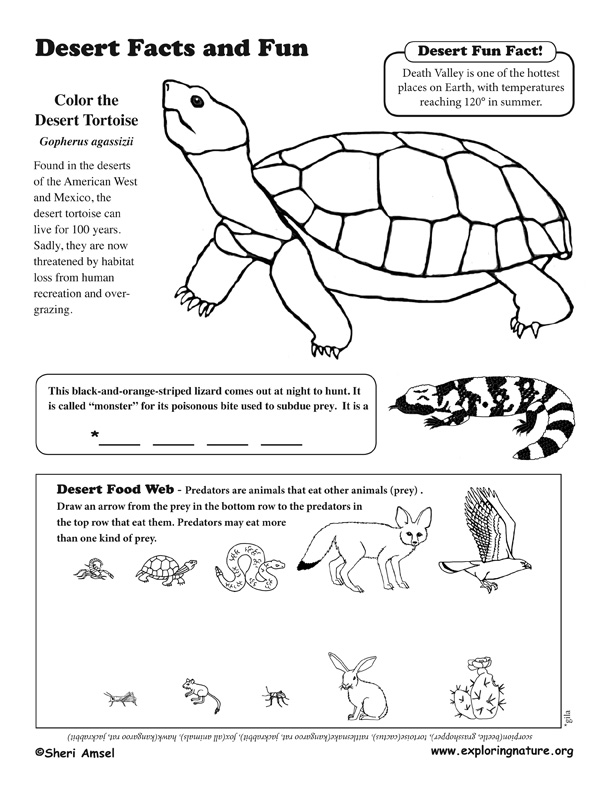



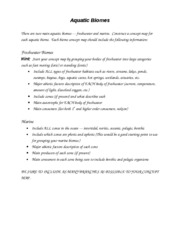
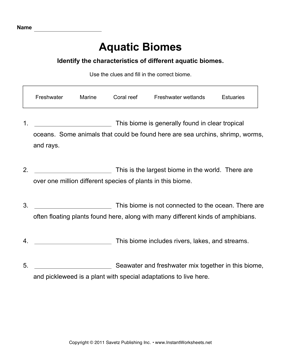














Comments